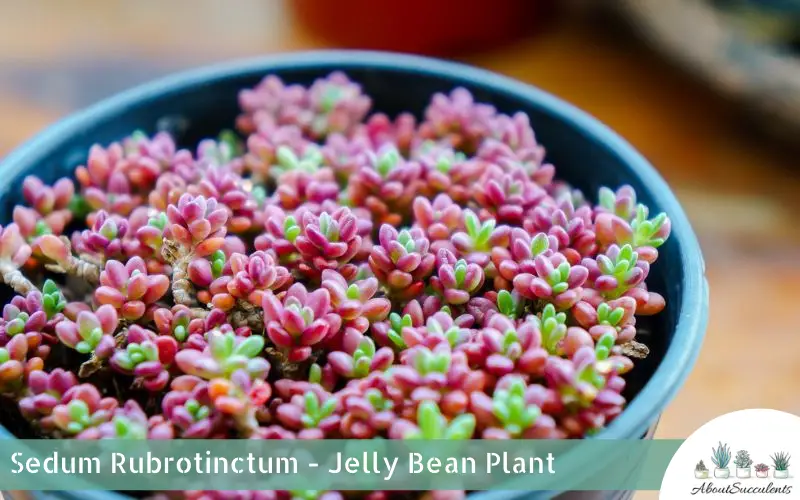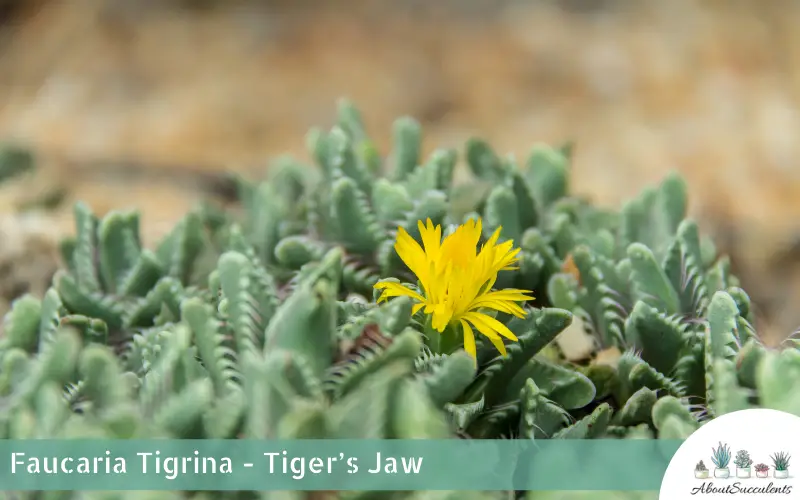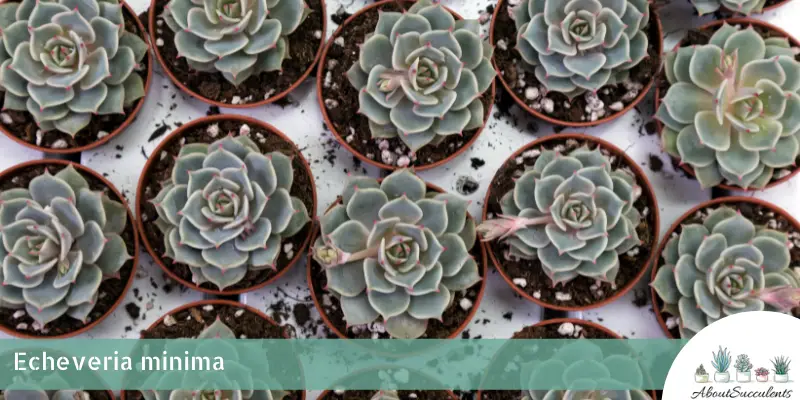If your home doesn’t have enough space for a garden, the best solution is to grow succulents in terrariums. Succulents are plants that are durable and easily grown with very little care. And yes – they are quite beautiful and amazing to look at!
What Are Terrariums?
Terrariums make excellent containers for succulents because they function as self-sustaining ecosystems. There are 2 types of terrariums – Closed and Open Terrarium.
With a closed terrarium, the plant is grown inside a sealed vessel usually a glass jar. Once the jar is sealed, the terrarium starts to produce the humidity that ranges from 70% to 90%.
Succulents don’t require much water. The rule for watering succulents is to only water the soil in between dry periods. Thus, when a succulent is grown inside a closed terrarium, the moisture creates a cycle whereby the plant receives water correctly.
For closed terrariums, the ideal types of succulents to grow are varieties that thrive in a tropical environment.
In contrast, an open terrarium is a container without a lid. Since moisture isn’t created, there’s no water cycle and the soil has to be watered whenever it has dried out completely.
There are some terrarium containers that have a drain hole at the bottom to allow excess moisture to filter out. If your container doesn’t have a drain hole, you can add a drainage layer made of pebbles and gravel to collect and store excess moisture.
Keep in mind that the environment of an open terrarium encourages moisture to escape from the soil. But it would be a good idea to err on the side of caution and include a drainage layer.
The best succulents for open-type terrariums are varieties that prefer dry and arid conditions.
The Best Succulents For Terrariums
In this article, we’ll present the best succulents for both open and closed terrariums. Choose the ones that fit perfectly in your home in terms of looks and convenience.
Open Terrariums
1. Echeveria ‘Cubic Frost’
Echeveria ‘Cubic Frost’ is a charming succulent that grows up to 8 inches (20 cm) tall and allures onlookers with its distinctive leaves. The leaves of Cubic Frost have a wavy shape, and waxy texture, range in color from lilac to pink, and form compact rosettes that can spread out to 10 inches (25 cm).
From spring to summer, Echeveria ‘Cubic Frost’ will produce small, orange-colored, and bell-shaped flowers. This variety of echeveria is a hybrid of 2 species – Echeveria ‘Doppler’ and R-21.
The waxy texture of Cubic Frost protects it from the intense rays of the sun. Make sure Cubic Frost receives 6 hours of partial sun every day.
2. Sedum Rubrotinctum

One look at the leaves of Sedum rubrotinctum and you’ll know right away why it’s more popularly called Sedum ‘Jelly Bean’.
The leaves are short, plump, colored green, and pink at the tips. They also have a curved shape just like a regular bean. The delightful-looking beans look like green-colored jelly beans growing on stems.
Jelly Bean will only grow to a height of 8 inches (20 cm) and will tend to lean on one side. In the springtime, expect Jelly Bean to bloom small, yellow-colored, star-shaped flowers.
The cool thing about Jelly Bean is that the plant can tolerate frosty conditions as well as periods of drought. Place Jelly Bean outside your windowsill and it won’t matter if it snows or gets directly exposed to the morning sun.
3. Crassula Ovata ‘Minima’
Crassula Ovata ‘Minima’ is a smaller variety of the ever-popular species of Crassula ovata or ‘Jade Plant’. In addition to Crassula’s beauty, people grow this type of succulent because it’s believed the plant can bring fortune to one’s home.
Minima has small, flat, paddle-shaped leaves that have a dark green color and are tinged with red at the margins.
Also known as ‘Baby Jade’, ‘Miniature Jade’, and ‘Small Jade’, Minima can grow up to 23 inches (60cm) although its height can be controlled by the size of its container.
During the Fall season, Baby Jade will produce clusters of white and pink-colored flowers. Miniature Jade prefers receiving partial sun for up to 6 hours per day.
Closed Terrariums
Faucaria Tigrina

Faucaria Tigrina is a succulent plant that’s popular with horticulturists because of its beautiful flowers and interesting-looking leaves. It gets its common name ‘Tiger’s Jaw’ from its leaves – thick, fleshy, triangle-shaped, and with jagged edges that look like teeth.
These ‘teeth’ are quite harmless and serve the natural purpose of collecting moisture that’s important for the plant to bring water down to its roots. The leaves create a clump-forming rosette. Tiger’s Jaw only grows up to 3 inches (8 cm) tall.
During the late fall to early winter months, Tiger’s Jaw will produce bright yellow flowers that have long, arching, and slim petals.
Echeveria ‘Minima’

Echeverias are sought after for their tropical allure and durability, and because they’re among the easiest succulents to grow and care for. Echeveria ‘Minima’ is the perfect succulent to grow inside your home.
Minima is identifiable by its elegant blue-green colored leaves with pink tips and form a compact rosette. In the springtime, Minima will blossom. You’ll welcome the spring with pink and yellow flowers that are shaped like tiny bells.
Because they only grow up to 3 inches (7.62 cm), Minimas make excellent gifts to friends. They prefer partial sun exposure, don’t require much watering, and will thrive inside closed containers.
Sempervivum ‘Little Bobo’
Sempervivum ‘Little Bobo’ is a delightful, petite succulent that doesn’t grow past 3 inches (7.62 cm) at full maturity.
Little Bobo’s leaves are colored lime green with white tips and shaped like an arrow. The leaves form a compact and symmetrical rosette. While Little Bobo needs full sun exposure to achieve its colors, it will also do well with partial sun.
This durable succulent doesn’t need frequent watering and will grow just fine with the moisture cycle created by the closed container ecosystem. Likewise, Little Bobo can tolerate frosty weather.
Its durability to low-light conditions and extreme temperature changes make Little Bobo one of the more popular choices of plant hobbyists who live in tight apartments.
Conclusione
If an aquarium is outside your budget, go for a terrarium instead. Growing and taking care of succulent plants can be as relaxing as raising fish.
It’s not necessary to feed succulents fertilizer. All you have to do is to make sure your succulent receives its daily dose of sunlight and water the soil when it’s gone completely dry.
You won’t flex a muscle taking care of a closed terrarium because its environment ensures the succulent receives water when it’s needed.
Last Updated on Dicembre 20, 2022 by Sofia Lara